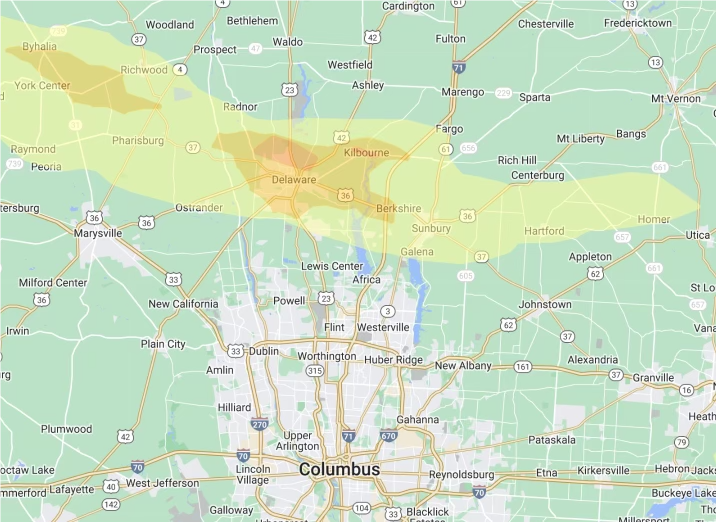The season most commonly associated with storm damage is here. While we’re happy spring is finally springing, it may cause some unwanted to-dos on your spring cleaning checklist. While we’re all looking forward to leaving the dreaded polar vortex weather patterns in the dust, it is important to know how to identify storm damage so potential issues can be dealt with in a timely manner. Storm damage to a home can easily go unnoticed to the untrained eye. The signs to look for are not always obvious and, if left untreated, can turn into catastrophic, costly repairs. It is important to regularly inspect your roof, siding, gutters and windows so you are more likely to notice small changes that could indicate larger problems.
Looking for wind damage
Wind damage can be very destructive. The strong wind speeds we commonly see in the Midwest during storm season can wreak havoc on properties by lifting and tearing shingles, damaging window seals, throwing debris into siding and more. Some of this damage will be obvious and require extensive work. However, some wind damage, when wind is less severe, is not so obvious. Feazel’s advice is to keep an eye on the exterior of your home on a regular basis. Every week or so, and after a storm, walk around your home with a pad of paper and a pencil and look for:
- Missing or wrinkled shingles
- Torn-off or lifted siding
- Missing fascia or soffit
- Gaps in window seals
If you see any of these conditions, it could be a sign of wind damage and you should call a licensed contractor immediately. The earlier action is taken to fix these issues, the better off you will be to prevent devastating damage.
Looking for hail damage
Finding hail damage can be tricky. Here in Ohio, our hailstones, small chunks of ice that form in the top of the super cell of a thunderstorm, are usually no bigger than a penny or nickel. Other times they can reach the size of a softball or grapefruit and everything in between. But don’t be fooled. Even small hailstones can cause damage to the exterior of your home that will compromise its ability to protect your home from rain, snow, ice, wind, etc. leading to water damage, mold, mildew or worse. Like wind damage, there is the obvious hail damage such as holes in your siding and roof shingles, broken windows, large dents, etc., but there is also less obvious hail damage that home owners should look for. Being aware of when hail falls from the sky and being able to see what damage your home sustained is the first step to making sure you catch the issues before they turn into a nightmare. After a hailstorm, you should look for:
- Dents in window framing, garage door, metal fascia, siding or other soft-metal areas
- Cracked or scuffed siding
- Discolored, scuffed and/or dented roofing shingles
- Localized peeling paint (freshly exposed wood on wood surfaces)
While these lists of damage are not exhaustive, it is a good start for home owners to be able to reference. The number one takeaway from this is to regularly inspect your home so you are able to notice the less obvious changes that could indicate storm damage. If you are uncertain of what you are looking for, or if you just want that peace of mind knowing your home was inspected by a certified professional, contact us. Feazel offers free roof inspections that you can schedule right from our website. Or, if you’d rather talk to a live Feazel representative, call us at 866-LEAKSOS (532-5767). Our friendly staff members are happy to help schedule a time that will be convenient for you. Don’t let storm damage get the best of you. Be observant, proactive, and take immediate action to prevent costly storm damage repairs down the road.
Tags
Subscribe to Feazel's Blog




Comments